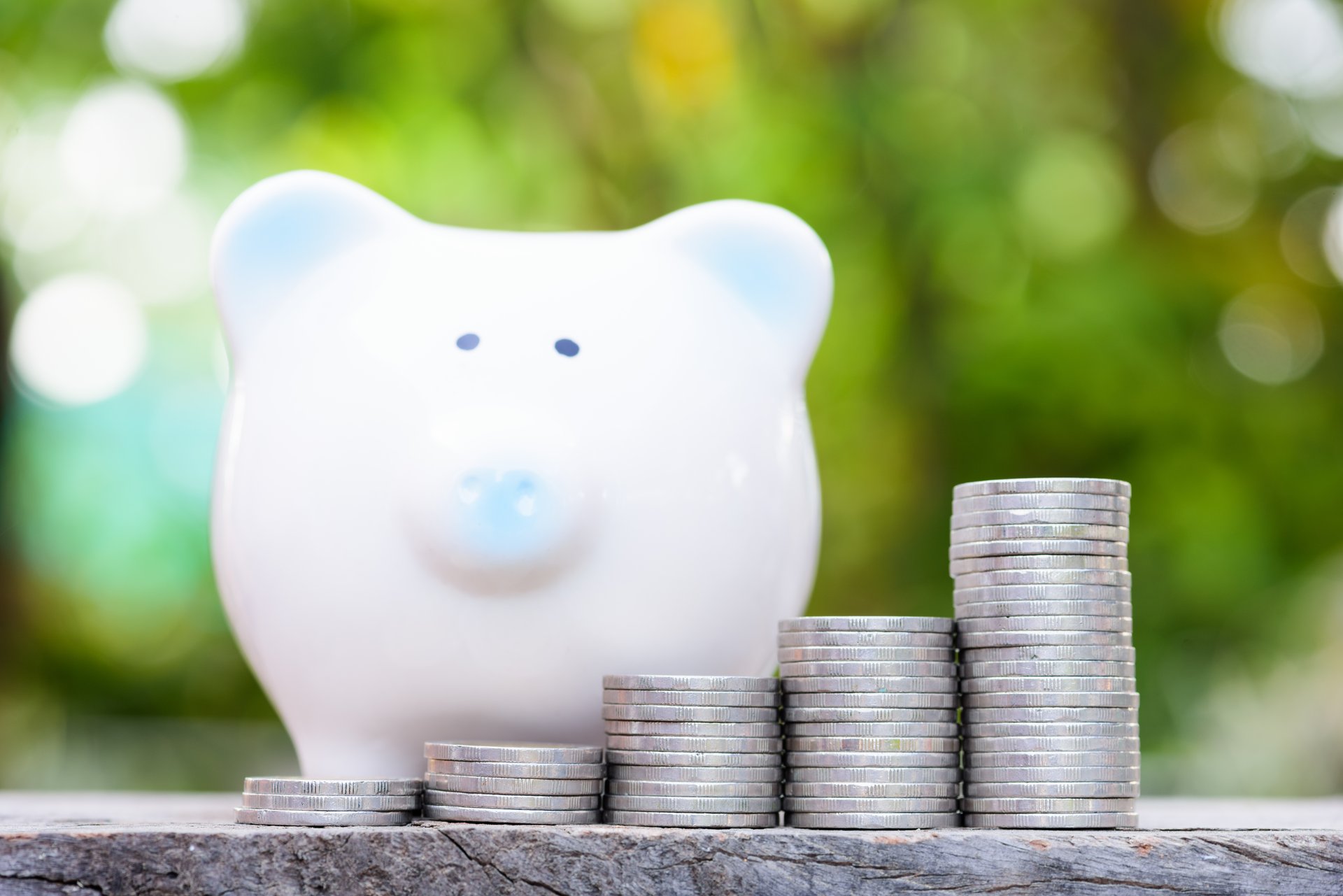
If you’re thinking of taking some money out of stocks, the timing may be getting better to move some of your savings into an internet bank savings account.
The U.S. Federal Reserve raised rates three times in 2017, and more hikes are expected this year. When the Fed raises rates, savings institutions typically follow, giving you a greater return on your money, noted Ken Tumin, founding editor of DepositAccounts.com.
“Now is the time to consider moving money,” he said.
After the last year’s run-up in stock prices — and recent volatility — the timing may be right to move some assets into safer investments.
“When you get a large rise in stocks you make a decision about the percentage you want in your portfolio,” said Tumin. “It makes sense periodically to rebalance.”
Money leaving stocks has to go somewhere, and one place that sidelined cash belongs is in safe-haven, guaranteed accounts like those offered by internet banks. Without the overhead required to operate brick-and-mortar branches, internet banks are able to offer higher interest rates than traditional banks.
The average savings account rate for banks and credit unions in the U.S., as tracked by DepositAccounts.com over the course of 2017, rose from 0.179 percent to 0.194 percent, an increase of about 8 percent.
In contrast, Tumin said his analysis of savings accounts from 10 large internet banks found that the average yield over 2017 increased from 1 percent to 1.33 percent, a 33 percent rise.
WalletHub recently released its 2018 Banking Survey. One out of five people surveyed said they were thinking of switching banks in 2018. Based on survey results, WalletHub concluded that 94 percent of people could earn an average of 5.6 times higher rates on deposits by switching to an online-only bank account.
Making the switch to an internet bank is “the simplest way you can increase yield with no extra risk,” Tumin said.
A game changer
Daniel Lugasi, portfolio manager at VL Capital Management LLC, said internet banks are gaining popularity among people who want to maximize the return on their savings.
“The rapid rise of internet banking in recent years has created a real threat for the traditional model of physical branches,” he said. “As more banking is done online and transactions become increasingly cashless, we should expect to see a continued shift to online banks.”
The interest rate return on savings accounts at traditional banks has been trending lower since the Great Recession, Tumin said. Although the stock market has been performing well overall, there’s always the risk of downturns and dips, such as the one that began on Feb. 2. That’s not a problem for people who can wait for the market to regain its losses. However, people who are nearing retirement or experiencing a pressing need for cash can’t always wait for the market to bounce back.
A matter of trust
Many consumers distrust Wall Street, Tumin said. “They think the stock market is a game that is stacked against the common man. They want to put their money in bank accounts that they know are safe.”
Some people are wary of online-only banks, said Tumin. They worry about not being able to get access to their accounts quickly.
“You do have to trust their customer support,” he said. “Sometimes you may not be able to contact someone by phone as quickly as you would like to.”
People who worry about having immediate access to an internet bank always can electronically transfer money between their online bank and a brick-and-mortar bank’s checking account, he noted.
Strategies for maximizing your return
No matter where you decide to place your cash holdings, there are common-sense strategies for getting the best return. These include:
- Monitoring interest rates. It’s important to continue to monitor savings account interest rates to make sure the bank you have chosen remains competitive.
- Investing more money. Another option for increasing the return on cash holdings is to invest more money, said Tumin. “Taking on more risk always is a way to increase yield, but you pay a price for that,” he said. “It always comes down to how much risk you want to take. Each person has to determine what the right mix is. There is a spectrum of risk from the very safe, like a savings account, to significant risk, like certain stocks. You can get a higher yield, but there is no free lunch.”
- Diversifying your holdings. While no savings or investment plan is perfect, it’s a good idea to make sure you don’t keep all your money in one place. When you place money in multiple locations, such as savings accounts, money market accounts, CD accounts and IRAs, you have greater protection, Tumin said.
A great place to start
There are lots of places online to compare online and brick-and-mortar banks’ savings rates, including the Savings Account page of our Solutions Center. As of publication date, there were multiple online banks offering savings rates of 1.5 percent. If your brick-and-mortar bank is paying 0.15 percent, that’s 10 times the interest with virtually no increase in risk.
As interest rates continue to rise, this discrepancy will likely grow. It’s something every saver should take advantage of.
What are you earning on your savings? Share with us in comments below or on our Facebook page.




Add a Comment
Our Policy: We welcome relevant and respectful comments in order to foster healthy and informative discussions. All other comments may be removed. Comments with links are automatically held for moderation.